Revolutionizing Transport: The Future of Seagliders
Written on
Chapter 1: The Urgent Need for Carbon-Neutral Solutions
As we approach the critical year of 2050, the necessity for humanity to achieve carbon neutrality grows ever more pressing. Without this goal, we risk facing severe consequences from climate change. This urgency has led to a rapid increase in the adoption of electric vehicles, renewable energy sources like solar and wind, and even a rise in veganism, all aimed at protecting our planet. However, our maritime and aviation industries have yet to embrace this electric transition and remain mired in outdated technology. Enter Regent, a company breathing new life into Cold War-era innovations that could render traditional ships and planes obsolete. Welcome to the intriguing realm of seagliders.
Section 1.1: The Limitations of Electric Aviation and Maritime Travel
Why is it so challenging for ships and aircraft to transition to electric power? Current technologies do not provide sufficient range at an affordable price. Take the fully electric ferry, Rygerelektra, which can only travel 58 miles at a modest speed of 17 knots, necessitating a hefty 2 MWh battery pack—equivalent to the battery capacity of twenty Tesla Model S vehicles. This renders it costly, heavy, and impractical. The same dilemma applies to aviation; planes are acutely sensitive to weight, limiting them to small battery packs and consequently short ranges. For instance, NASA’s X-57 Maxwell can only achieve a range of 100 miles while accommodating just two passengers.
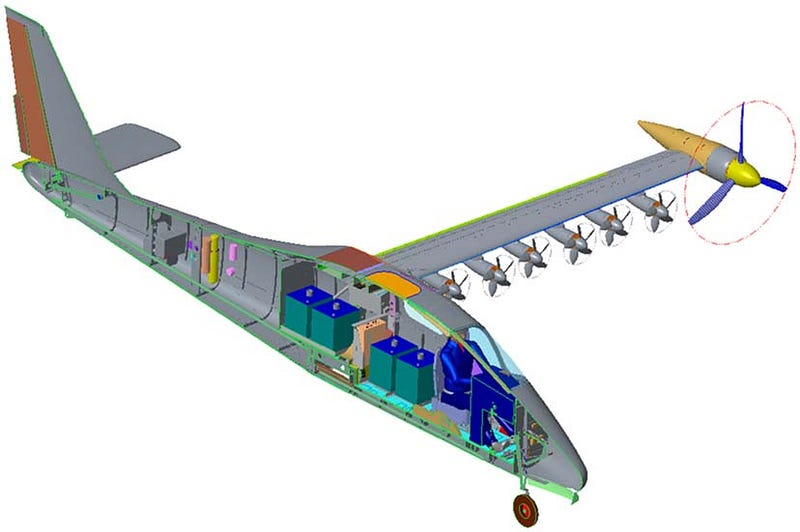
Section 1.2: A Groundbreaking Alternative
This is where Regent makes its entrance. The company has ingeniously fused a vintage concept known as "ground effect vehicles" with contemporary design principles, resulting in a high-speed electric vehicle that boasts impressive range and payload capacity without the burden of costly mega batteries.
Subsection 1.2.1: Understanding Ground Effect Vehicles
Ground effect refers to a phenomenon that enhances the efficiency of wings. As a wing slices through the air, it generates lift through two primary mechanisms: a pressure differential—lower pressure above and higher pressure below—and downwash, which creates an equal and opposite force. When a wing operates close to a surface, such as water, the downwash has a surface to push against, amplifying lift and reducing drag. This allows ground effect vehicles to achieve remarkable fuel efficiency or significantly increase payload capacity.

The Soviets famously utilized this technology to develop the ekranoplan, a fast transport vehicle with a massive payload capacity. One notable example, the Lun-Class ekranoplan, is 73 meters long and can skim the water at speeds of 342 mph while carrying up to 100 tonnes.
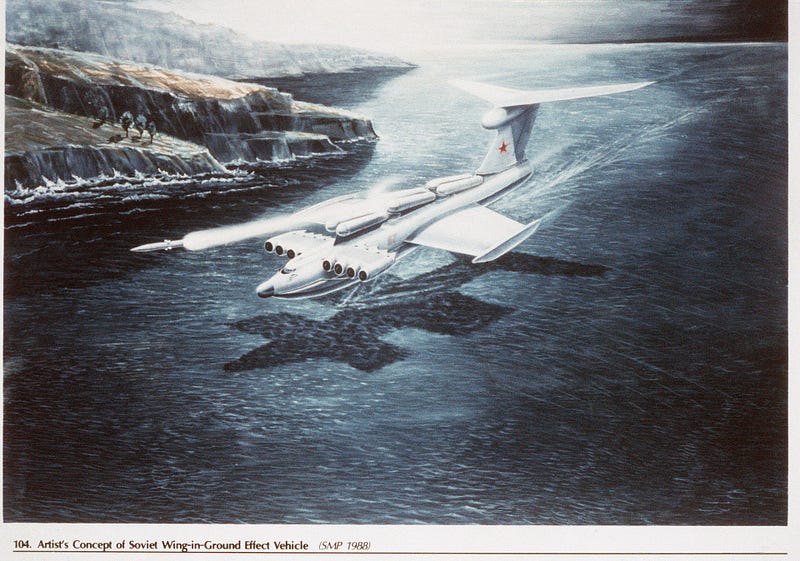
However, despite its advantages, the ekranoplan faced significant challenges. Waves could cause instability, and its small wings limited its altitude capabilities. Additionally, the craft struggled with maneuverability compared to traditional planes. Regent recognized the potential of creating an advanced, efficient vehicle that could surpass electric ferries and short-haul flights—especially over water.
Chapter 2: The Seaglider Revolution
Regent's innovative solution is the seaglider, which incorporates several enhancements over the traditional ekranoplan design.
Video Description: A Plane with a Plan: Reducing Carbon Emissions - Explore how innovative designs are changing aviation and maritime transport.
The first significant change involves positioning the wings on top of the vehicle rather than underneath. This modification, along with an increased angle of attack, allows the seaglider to take off at slower speeds while enhancing stability and control. The elevated wings prevent the craft from pitching and rolling in rough waters, providing a smoother ride and better handling.
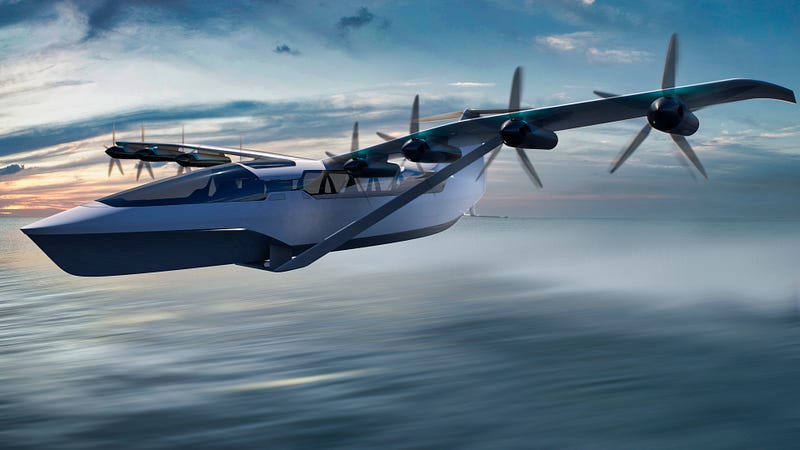
Additionally, the incorporation of hydrofoils—underwater wings—further revolutionizes the design. While some high-speed ferries use hydrofoils to lift the vessel out of the water at high speeds, the seaglider employs them for low-speed operations, making takeoff less energy-intensive and significantly improving range.
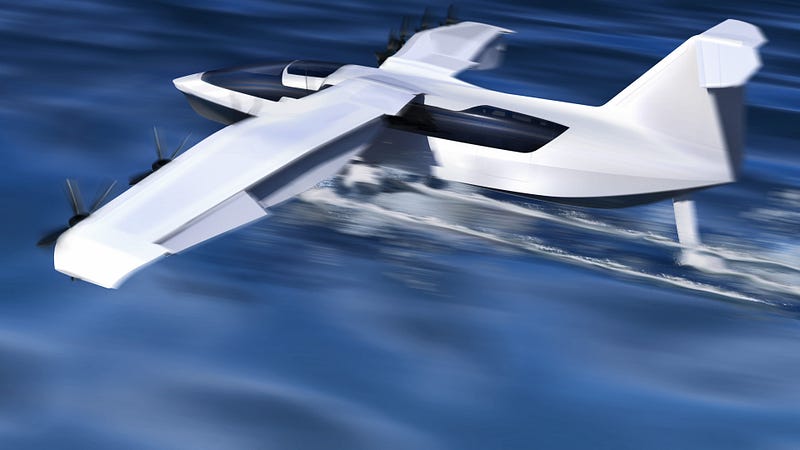
The seaglider's prototype, named Viceroy, stands at 57.5 feet long and is all-electric, capable of accommodating 12 passengers while traveling up to 180 mph with a range of 180 miles. Future upgrades are anticipated to extend its range to 460 miles, and charging times could be as brief as 45 minutes.
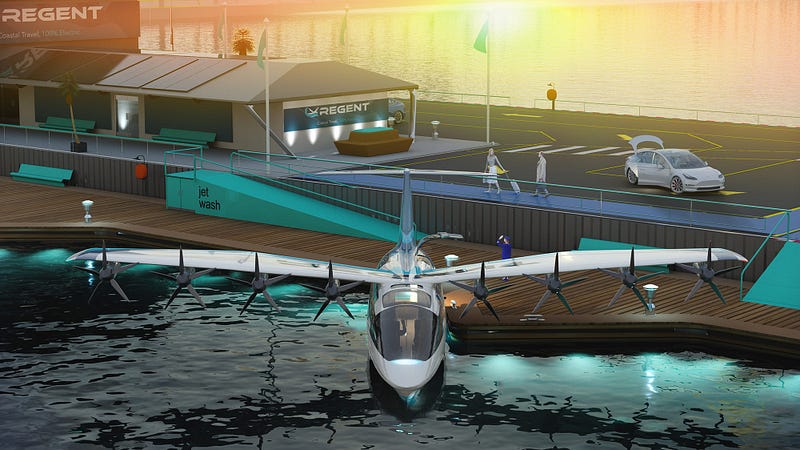
These specifications suggest that the Viceroy could replace numerous short-haul flights and high-speed ferry services. It also has potential applications in military, offshore wind operations, and search-and-rescue missions.
Video Description: The Plane That Used Its Wings for a Very Strange Thing - Discover the unique capabilities of modern aircraft and their potential impact on transport.
In fact, Ocean Flyer, a New Zealand-based company, has already placed an order for 25 Viceroys, with delivery expected in 2025. Collaborations with various airlines and ferry services indicate that we may see a fleet of these remarkable vessels operating globally in the near future.
Section 2.1: The Financial Viability of Seagliders
One final consideration is the cost of these electric vehicles. Traditional electric planes and boats can be prohibitively expensive, raising concerns about commercial viability. Ocean Flyer's order amounts to $700 million, which translates to a price of $28 million per vessel—comparable to similar-sized private jets and high-speed ferries but without the extensive fuel expenses. This positions seagliders as a more economical option than their electric counterparts and potentially less costly than fossil fuel alternatives.
In conclusion, Regent's seaglider concept represents a groundbreaking approach to electric transport, offering remarkable speed and range without exorbitant costs. With plans for even larger models in the pipeline, such as the Monarch, which will accommodate up to 150 passengers, it's clear why interest in this innovative vehicle is soaring. The future of travel may not involve traditional planes or ferries, but rather, it could be dominated by seagliders!